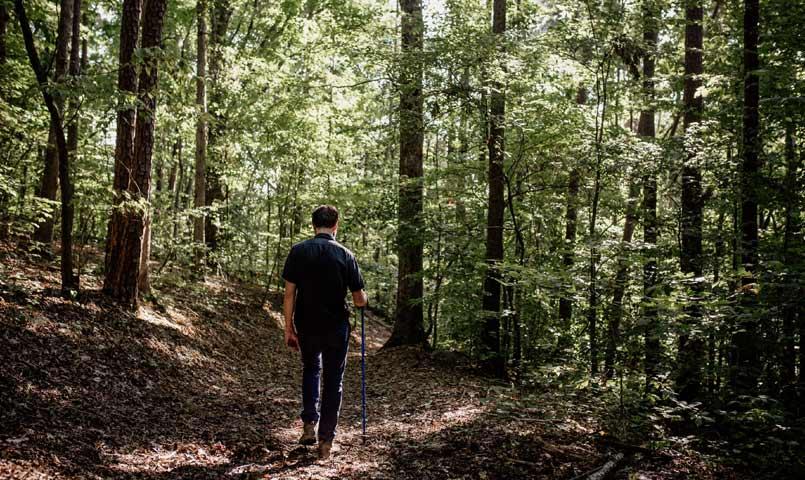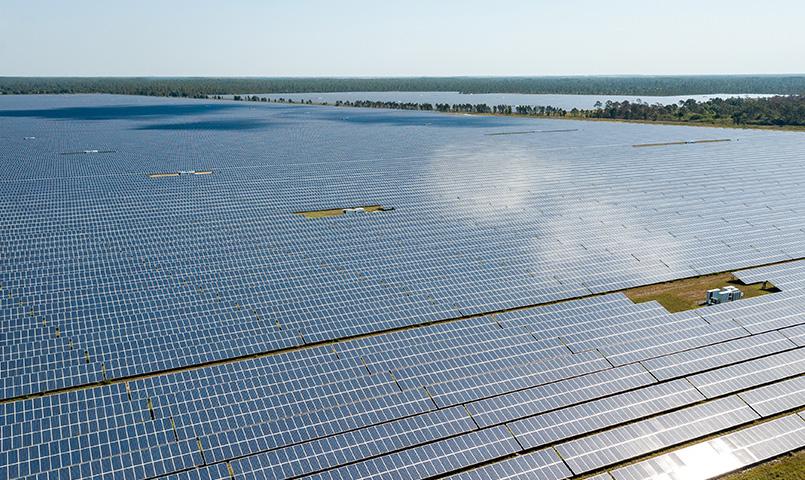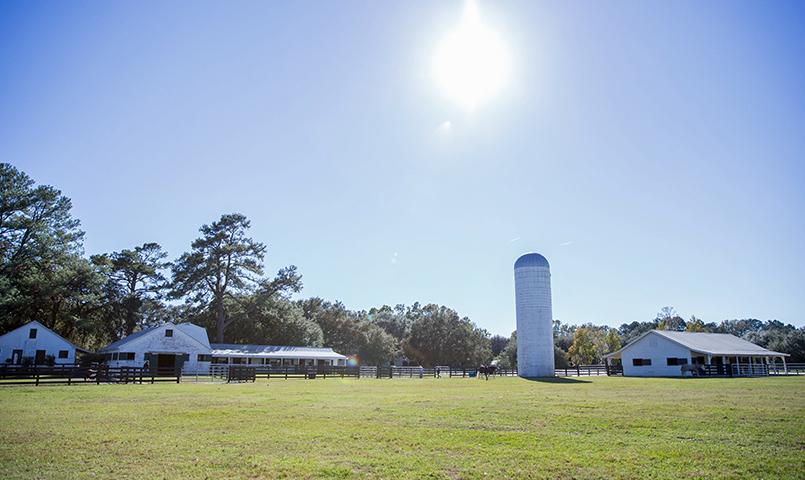by Robert Borges on March 12, 2025
A sustainable community is designed to minimize environmental impact while enhancing the quality of life for its residents. What makes a sustainable community? It’s a combination of green building practices, renewable energy use, land and water conservation, and sustainable food production. These communities provide long-term environmental, economic, and social benefits, making them attractive places to live for families, retirees, and active adults alike.
The Benefits of Sustainable Communities

Sustainable communities offer numerous advantages, including energy efficiency, reduced waste, improved air and water quality, and overall lower costs for residents. With eco-friendly designs, green spaces, and a focus on self-sufficiency, these communities promote a healthier lifestyle while reducing reliance on nonrenewable resources.
Why People Choose Sustainable Living
More homeowners and renters are seeking environmentally responsible communities that align with their values. The appeal of sustainable communities lies in their energy efficiency, reduced utility costs, and enhanced well-being. Residents enjoy access to green spaces, walkable neighborhoods, and eco-friendly private community amenities, fostering both environmental responsibility and a high quality of life.
Key Features of a Sustainable Community
Certified Green Homes & Recyclable Building Materials
Green communities prioritize sustainable construction methods, using energy-efficient designs and recyclable materials to reduce waste. Certified green homes are built with environmentally friendly materials such as reclaimed wood, bamboo flooring, and low-VOC paints to improve indoor air quality and sustainability.
Solar Power & Renewable Energy

Many sustainable communities incorporate solar panels, wind turbines, and other renewable energy sources to lower their carbon footprint. By using clean energy, these communities provide long-term savings and reduce dependence on fossil fuels, offering a more resilient living environment.
Communities like Babcock Ranch in Southwest Florida, for example, proudly embraces being America's first solar-powered town.
Land Conservation & Open Spaces
Smart land planning is another key factor in what makes a sustainable community. Protected green spaces, wildlife habitats, and designated conservation areas help maintain local ecosystems and provide scenic beauty. Communities that prioritize land conservation enhance biodiversity while offering residents opportunities for outdoor recreation.
Water Management & Conservation
Sustainable communities implement water conservation strategies such as rainwater harvesting, drought-resistant landscaping, and efficient irrigation systems. Many use greywater recycling to minimize waste, ensuring responsible water use and long-term sustainability.
Agrihoods, Community Gardens & Sustainable Food Production

An increasing number of green communities are incorporating agrihoods, which are residential developments centered around sustainable food production. These neighborhoods feature community gardens, onsite farms, and fresh produce markets, promoting farm-to-table living and reducing reliance on commercial food supply chains.
Explore Sustainable Communities on PCR
Whether you’re searching for 55+ living communities Arizona, eco-conscious family-friendly neighborhoods, or apartments with pickleball courts in a green setting, Private Communities Registry (PCR) connects you with top sustainable communities across the U.S. Explore hundreds of listings on our website to find a community that supports your commitment to sustainability and a high-quality lifestyle.
